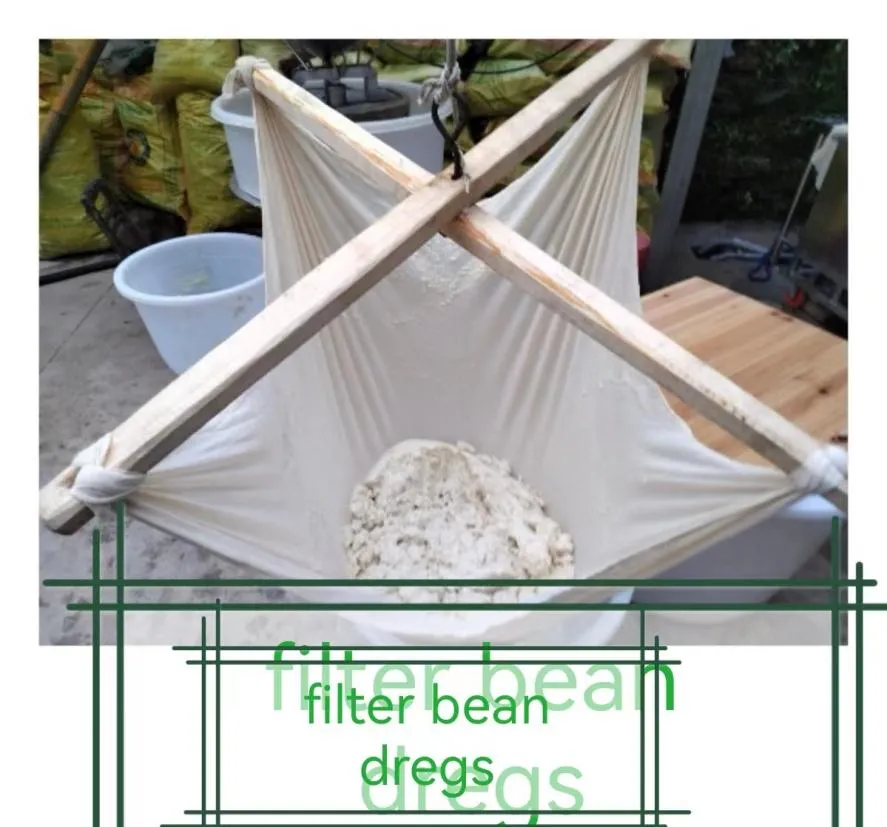-
 Afrikaans
Afrikaans -
 Albanian
Albanian -
 Amharic
Amharic -
 Arabic
Arabic -
 Armenian
Armenian -
 Azerbaijani
Azerbaijani -
 Basque
Basque -
 Belarusian
Belarusian -
 Bengali
Bengali -
 Bosnian
Bosnian -
 Bulgarian
Bulgarian -
 Catalan
Catalan -
 Cebuano
Cebuano -
 China
China -
 Corsican
Corsican -
 Croatian
Croatian -
 Czech
Czech -
 Danish
Danish -
 Dutch
Dutch -
 English
English -
 Esperanto
Esperanto -
 Estonian
Estonian -
 Finnish
Finnish -
 French
French -
 Frisian
Frisian -
 Galician
Galician -
 Georgian
Georgian -
 German
German -
 Greek
Greek -
 Gujarati
Gujarati -
 Haitian Creole
Haitian Creole -
 hausa
hausa -
 hawaiian
hawaiian -
 Hebrew
Hebrew -
 Hindi
Hindi -
 Miao
Miao -
 Hungarian
Hungarian -
 Icelandic
Icelandic -
 igbo
igbo -
 Indonesian
Indonesian -
 irish
irish -
 Italian
Italian -
 Japanese
Japanese -
 Javanese
Javanese -
 Kannada
Kannada -
 kazakh
kazakh -
 Khmer
Khmer -
 Rwandese
Rwandese -
 Korean
Korean -
 Kurdish
Kurdish -
 Kyrgyz
Kyrgyz -
 Lao
Lao -
 Latin
Latin -
 Latvian
Latvian -
 Lithuanian
Lithuanian -
 Luxembourgish
Luxembourgish -
 Macedonian
Macedonian -
 Malgashi
Malgashi -
 Malay
Malay -
 Malayalam
Malayalam -
 Maltese
Maltese -
 Maori
Maori -
 Marathi
Marathi -
 Mongolian
Mongolian -
 Myanmar
Myanmar -
 Nepali
Nepali -
 Norwegian
Norwegian -
 Norwegian
Norwegian -
 Occitan
Occitan -
 Pashto
Pashto -
 Persian
Persian -
 Polish
Polish -
 Portuguese
Portuguese -
 Punjabi
Punjabi -
 Romanian
Romanian -
 Russian
Russian -
 Samoan
Samoan -
 Scottish Gaelic
Scottish Gaelic -
 Serbian
Serbian -
 Sesotho
Sesotho -
 Shona
Shona -
 Sindhi
Sindhi -
 Sinhala
Sinhala -
 Slovak
Slovak -
 Slovenian
Slovenian -
 Somali
Somali -
 Spanish
Spanish -
 Sundanese
Sundanese -
 Swahili
Swahili -
 Swedish
Swedish -
 Tagalog
Tagalog -
 Tajik
Tajik -
 Tamil
Tamil -
 Tatar
Tatar -
 Telugu
Telugu -
 Thai
Thai -
 Turkish
Turkish -
 Turkmen
Turkmen -
 Ukrainian
Ukrainian -
 Urdu
Urdu -
 Uighur
Uighur -
 Uzbek
Uzbek -
 Vietnamese
Vietnamese -
 Welsh
Welsh -
 Bantu
Bantu -
 Yiddish
Yiddish -
 Yoruba
Yoruba -
 Zulu
Zulu
fish breeding net
The Importance of Fish Breeding Nets in Aquaculture
In the realm of aquaculture, the importance of proper breeding techniques cannot be overstated. One innovative method that has garnered considerable attention in recent years is the use of fish breeding nets. These nets play a vital role in enhancing fish production and ensuring sustainable aquatic environments, catering to the increasing global demand for seafood.
Fish breeding nets are designed to provide a controlled environment for fish reproduction. These nets are typically made from durable materials that allow for water circulation while preventing escape or predation. By utilizing these nets, fish farmers can create optimal conditions for breeding, ensuring that fish populations remain healthy and robust. The ability to control factors such as density, water quality, and feeding practices while using breeding nets significantly increases the chances of successful spawning and fry development.
One of the primary benefits of using fish breeding nets is the marked reduction in competition among fish. In natural settings, fish often compete for resources, which can hinder their growth and reproduction. By segregating breeding fish from younger populations, farmers can ensure that the reproductive process occurs under the best possible circumstances. Additionally, controlled environments provided by breeding nets minimize the risk of disease transmission, which can devastate fish stocks.
fish breeding net

Sustainability is another critical consideration in modern aquaculture practices. Fish breeding nets promote sustainable fish farming by allowing for better management of breeding stocks. This means that farmers can selectively breed for desirable traits, such as faster growth rates or disease resistance. By focusing on these genetic improvements, aquaculture can contribute to a more sustainable food source while reducing the impact on wild fish populations.
Moreover, fish breeding nets are versatile and can be employed in various aquatic environments, including freshwater and saltwater systems. This adaptability makes them suitable for diverse species, ranging from tilapia to salmon. The ability to farm multiple species simultaneously enhances biodiversity, which is crucial for maintaining ecosystem balance.
In conclusion, fish breeding nets represent a significant advancement in aquaculture, facilitating controlled breeding environments that promote healthy fish populations. By improving sustainability and reducing competition, these nets not only contribute to more efficient fish farming but also support the broader goal of sustainable seafood production. As the demand for fish continues to rise, adopting innovative practices like fish breeding nets will be essential for meeting nutritional needs without compromising the health of our aquatic ecosystems.
-
Shipping Plastic Bags for Every NeedNewsJul.24,2025
-
Safety Netting: Your Shield in ConstructionNewsJul.24,2025
-
Plastic Mesh Netting for Everyday UseNewsJul.24,2025
-
Nylon Netting for Every UseNewsJul.24,2025
-
Mesh Breeder Box for Fish TanksNewsJul.24,2025
-
Expanded Steel Mesh Offers Durable VersatilityNewsJul.24,2025











